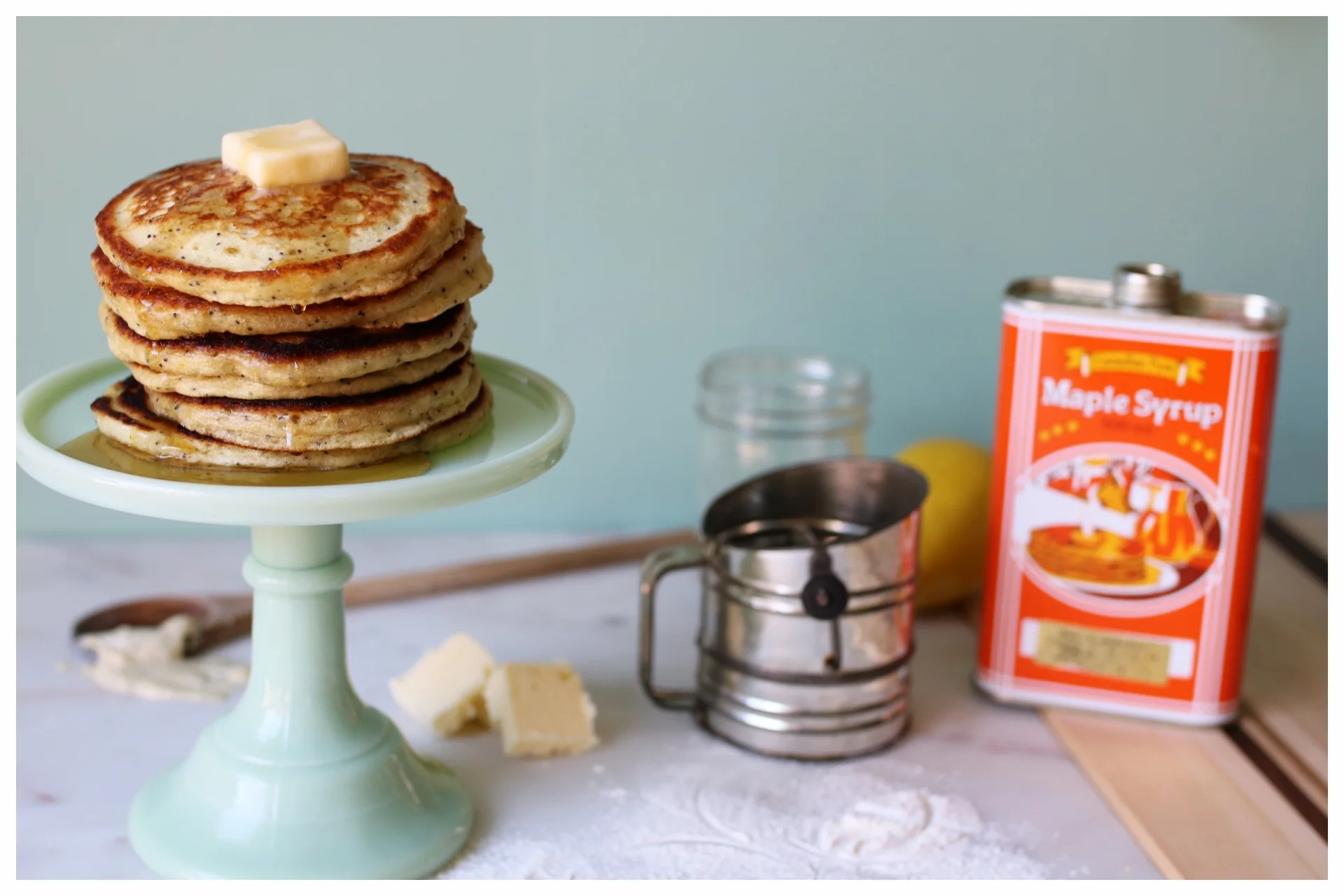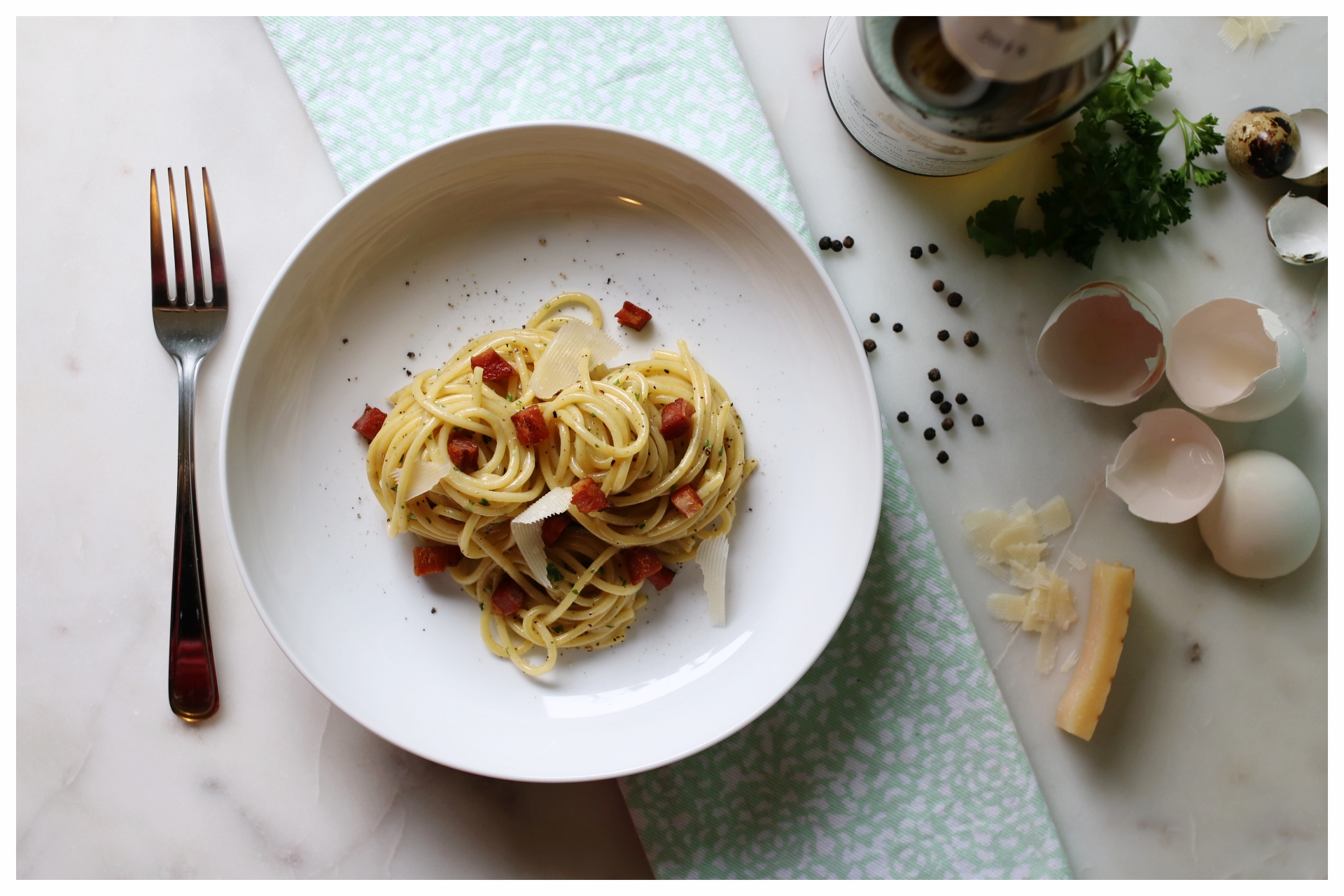Roasted Beet Borscht is basically spring in a bowl
/After a long and indecisive winter where snow was rarely seen yet big puffy coats were a must, it’s finally officially spring! On days like today, I spend the hours trying to soak up as much of this lovely sunshine as I can while holding back hopes that Old Man Winter has hung up his hat for good this year.
A girl can dream but we here in Southern Ontario know that late March snowstorms are pretty much a given so I’m not holding my breath.
When the sun is shining and spring is trying to break through, I start craving brighter flavours but that threat of winter’s last hurrah keeps me wanting more hearty fare. It is on days like these that I crave a big old bowl of roasted beet borscht. The roasty flavour of this cheerful magenta hued soup swirled with fresh green gremolata and dreamy crema is just what the doctor ordered. It’s hearty enough to keep you satisfied on cold wintery nights but bright enough in both looks and flavour to usher in mild spring days.
Roasted Beet Borscht
Serves 4
5 medium/medium large beets, peeled
3 medium carrots, peeled
1 medium red onion, peeled
4 cloves garlic, skin on
6 sprigs fresh thyme
2 tablespoons extra virgin olive oil
½ teaspoon salt
¼ teaspoon pepper
4 cups low or no sodium chicken or vegetable broth
1 tablespoon vodka, optional
1 – 2 tablespoons syrupy balsamic or red wine vinegar
2 teaspoons prepared horseradish
1 teaspoon Dijon mustard
2 teaspoons lemon juice, or more to taste
Salt and pepper, to taste
Lemon Horseradish Crema, to garnish, recipe follows
Gremolata-y Olive Oil, to garnish, recipe follows
Preheat your oven to 400F and line a sheet pan with aluminum foil to make cleanup easier.
Meanwhile, prepare your beets and carrots by dicing into roughly 2” chunks and cut your onion into six wedges. Toss all of your vegetables including the garlic and thyme onto your prepared sheet pan and drizzle with olive oil. Mix well so that all of the veggies are evenly coated with oil and spread into an even layer. Season with ½ teaspoon salt and ¼ teaspoon pepper and pop this into your preheated oven for 30 minutes, stirring once midway through.
When your veggies are done roasting, pop all of the garlic cloves out of their skins, discard all of the papery bits, and transfer the whole pan of veggies into a medium/large pot along with the chicken or vegetable stock. Set this over medium heat to simmer for about 50 minutes or until the vegetables are very tender.
Carefully remove the sprigs of thyme and transfer the mixture into a blender to puree until very smooth. You might need to do this in a couple of batches and do be careful of the steam. Also, it’s important to open the lid valve of the blender and cover with a clean dish towel when you blend. If you don’t, you will have quite the mess on your hands!
Once your soup is nice and smooth, transfer it all back into your pot and place over low/medium-low heat. Stir in the vodka (if using), vinegar, prepared horseradish, mustard, and lemon juice, to taste. Season with salt and pepper, cover, and cook for another 10 minutes or so to allow all of the flavours to meld.
Serve hot or cold topped with Lemon Horseradish Crema and herby Gremolata-y Olive Oil (recipes follow) and revel at that beautiful magenta hue!
Lemon Horseradish Crema
¼ cup sour cream
¼ cup plain yogurt
2 tablespoons prepared horseradish
1 teaspoon salt
¼ teaspoon pepper
1 teaspoon lemon zest
1 tablespoon lemon juice
Mix all of the ingredients in a medium bowl and keep cold until ready to use.
This crema is as delicious on roasted beet borscht as it is alongside roast beef and potatoes.
Gremolata-y Olive Oil
2 tablespoons finely chopped fresh parsley
2 tablespoons finely chopped fresh dill
2 cloves garlic, very finely minced
1 tablespoon lemon zest
1 teaspoon lemon juice
2 tablespoons extra virgin olive oil
Salt and pepper to taste
Mix all of the ingredients in a small bowl and allow the flavous to meld at room temperature for at least 20 minutes.
Serve a tablespoon or so swirled into a big bowl of roasted beet borscht or as a sauce for chicken or fish.
Store leftovers in an airtight container and keep in the fridge for up to a week.



